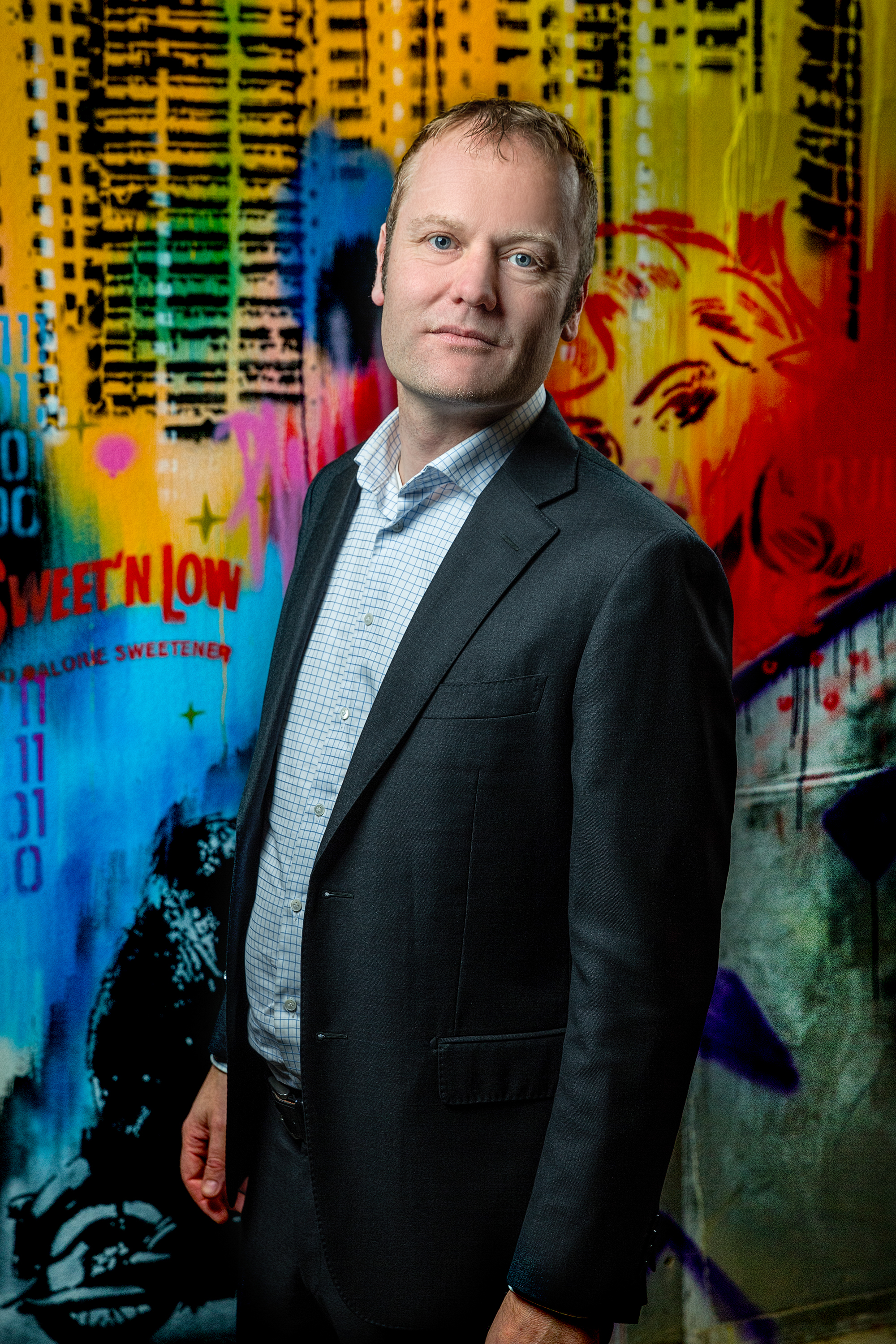Many organizations are grappling with how to approach sustainability through innovation. It goes beyond using technology for optimization; it's about creating value greater than productivity, profit, or efficiency.
This can stem from a company's values, but pressure from the government and society is also increasing. An example is the CSRD (Corporate Sustainability Reporting Directive), which requires companies to report on their impact on people and the environment. This aims to increase transparency and improve the quality of sustainability information.
The directive is still in its early stages. It will only face stricter supervision from legislation, consumers, and even employees. This might seem like yet another checklist to comply with, but at Xebia, we see the first signs that the directive is a huge innovation opportunity.
Break the status quo and look for joint use cases
The biggest challenge in innovation for sustainability is that you often have to look beyond supply chains and ecosystems. Collaboration with multiple parties and specialties is needed to accelerate the sustainability transition. This leads to the right use cases and innovation opportunities.
This is a challenge because organizations are bound by what they want or can do themselves. They already operate in a certain ecosystem with existing dynamics and interactions between companies. It's not easy to break through that and find like-minded partners. Often, breaking existing patterns is seen as a threat to existing business models.
That search will become easier in the coming years. Partly due to social pressure but also due to their sustainability ambitions, many organizations already have a sustainability officer, or at least someone responsible for the organization's sustainability. Because this is linked to a person, it's easier to bring people from different organizations together with a motivation to set something up. It also offers a platform for exploration.
CSDR puts organizations on common ground faster
The Rainforest Alliance is a good example of this. This organization has always been in a similar context, where companies like Unilever and Nestlé work together to set up a joint initiative. The experiences of the Rainforest Alliance and other NGOs can therefore be used to take innovation for sustainability to a higher level.
Directives, such as the CSRD, offer a huge opportunity to accelerate the sustainability transition. If other organizations around you also have to comply with the directive, you have an easier entry point and are more quickly on common ground. It's easier to find willing partners.
Compliance is based on reporting. Therefore, you increasingly need data and insights to record everything, both data internally in the company and from the market or ecosystem. Combined with current technology trends, such as AI, this is a huge trigger for innovation.
Your business strategy remains the starting point. Is sustainability woven into the DNA of the organization, or is it just one of the pillars to comply with? Are you a frontrunner in sustainability, or is it still all about making a profit and operational efficiency? Are you open to change or a new approach, or are you closed off? This often determines how much (tech) investment goes into this.
Collaboration and open data increase impact
For many organizations, this is the elephant in the room: the budget. The most important lesson is not to get stuck in the existing dynamics and market forces because then little will change. It starts with an open mindset and a focus on the community idea. Also, don't just ask what it costs, but also make the estimated return on a sustainability initiative transparent.
In addition, there is always the dilemma between setting up a new business model and protecting an existing one. Are you the 'Kodak' who, as the inventor of the digital camera, stays close to the existing business, or are you the 'Fujitsu' who moves from film rolls to cosmetics?
There are more resources available than you might think. Consider, for example, the use of satellite data, which is freely available in many cases and can be used to map entire rainforests at once. There are many open initiatives and elaborated principles available, stemming from the social need to get started with this.
Companies that don't go along with this will have a hard time, especially in the West, where people think not only about the most basic necessities of life but also about what they leave behind for their grandchildren. The customer is changing, society is changing. You have to move along with that if you want to protect the future of your company.





